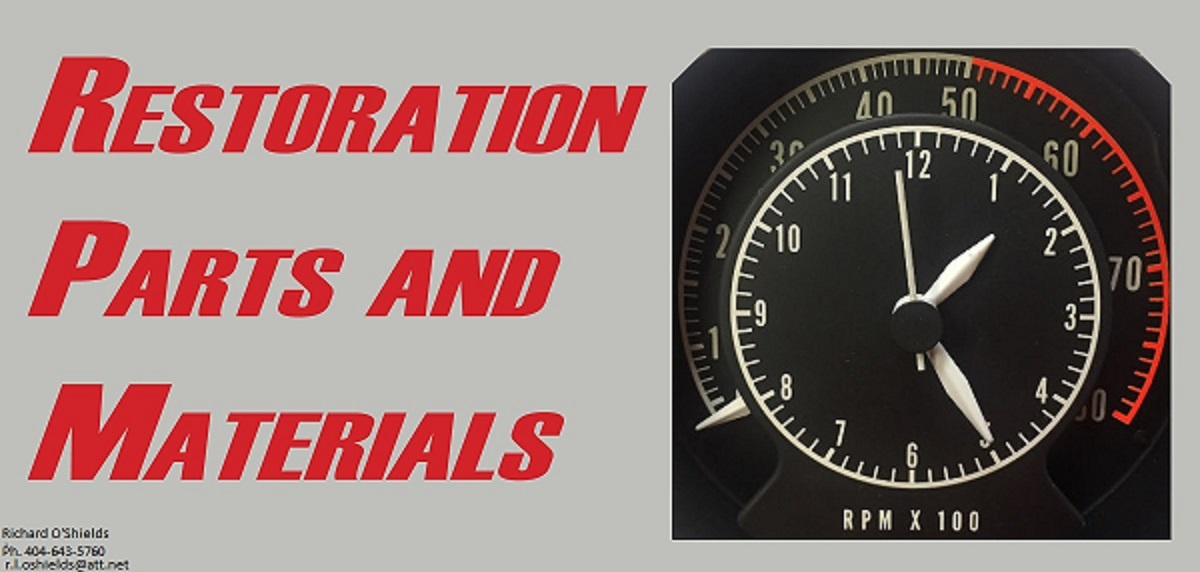chrisperanio
Member
i have a 75 440 block in my race car i had drained the water out from the radiator before winter like i do every year this year i guess it did not completly drain and a freeze plug popped out on the passenger side front.....what are the chances that the block is damaged and how or what is the best way to thaw out the block, i currently have to heaters running to warm up the block....Please help.


















